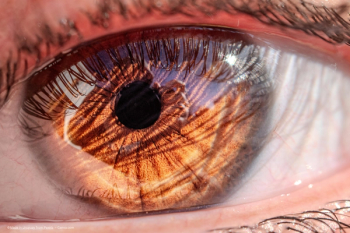
RNFL analysis by OCT... onto the next level for glaucoma diagnosis
Looking at OCT as a sensitive diagnostic test for glaucomatous progression.
Key Points
Standard Automated Perimetry, (SAP) unarguably the gold standard to evaluate glaucomatous neuropathy and to monitor disease progression has poor sensitivity for detecting glaucoma. Quigley and co workers1 showed that significant axonal loss may precede the development of visual field defect and identifiable cupping. Since the test requires subjective input, it is therefore prone to short and long term fluctuation. Subsequently, there is clearly a compelling need for more sensitive glaucoma diagnostic tests.
Available technologies
•The first was a two year study, conducted where RNFL assessment in glaucoma suspects was correlated to Short Wave Automated Perimetry changes.
•The second was over five years and was conducted with 532 eyes where RNFL assessment was correlated to Standard Automated Perimetry changes.
The two-year study, which started with 132 eyes of glaucoma suspects converted to SWAP changes (p<0.01) in an average lead time of 7.6 months with a positive predictive value of 72%.
The five-year study began with 232 eyes of glaucoma suspects which went on to 532 eyes in five years and a statistically significant number (p<0.01) converted to Standard Automated Perimetry changes in an average lead time of 36.2 months with a positive predictive value of 76%
In addition, the locations of the RNFL changes corresponded closely with the regions of the visual field where the defects occurred.
Newsletter
Get the essential updates shaping the future of pharma manufacturing and compliance—subscribe today to Pharmaceutical Technology and never miss a breakthrough.










































